Advertisement
Cleveland Clinic is part of new national collaborative effort
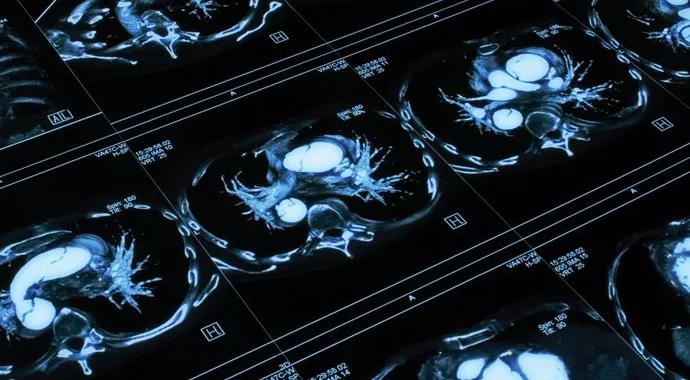
By R. Duncan Hite, MD
Advertisement
Cleveland Clinic is a non-profit academic medical center. Advertising on our site helps support our mission. We do not endorse non-Cleveland Clinic products or services. Policy
In 2014, Cleveland Clinic was named one of 12 primary awardees to serve as Clinical Centers for the new PETAL (Prevention and Early Treatment of Acute Lung Injury) Network funded by the National Heart, Lung, and Blood Institute (NHLBI).
The PETAL Network was formed to develop and test, through clinical trials, new methods to prevent, diagnose and treat Acute Respiratory Distress Syndrome (ARDS), especially at an early stage in disease progression. It emphasizes a teamwork approach, enabling clinicians from many medical areas to work together on research projects.
The PETAL Network is considered by most as the next generation of the Acute Respiratory Distress Syndrome Network (ARDSNet), which served as a model for clinical research networks and performed groundbreaking clinical trials on ARDS after its inception in 1994.
Landmark projects completed by ARDSNet include trials that provided the initial Phase III evidence demonstrating improved clinical outcomes from the lung protective (low tidal volume) ventilation strategy and conservative fluid management. Each approach has dramatically impacted patient outcomes and reshaped the standards of care in many aspects of critical care medicine during the past 10 to 15 years.
Advertisement
Cleveland Clinic has been a primary awardee and enrolling center for both the ARDSNet and now PETAL.
Herbert Wiedemann, MD, Chairman of the Respiratory Institute, provided leadership for Cleveland Clinic’s ARDSNet center from 1994 to 2014, and its achievements were the result of the collective efforts of an impressive cast of players. One key contribution by the Cleveland Clinic site was Dr. Wiedemann’s role as co-primary investigator of the Fluids and Catheters Treatment Trial (FACTT), which demonstrated that a conservative fluid management approach is superior in acute lung injury and ARDS to a wet or liberal strategy.
In 2013, I joined Cleveland Clinic’s staff as the inaugural Chair of the newly formed Department of Critical Care Medicine. Since 2000, as a faculty member at Wake Forest University Health System, I served as a leader for the Wake Forest Clinical Center in ARDSNet. With that valuable experience, I have now assumed the role of primary investigator for Cleveland Clinic’s PETAL Clinical Center as well as serving as head of the critical care research program within the Respiratory Institute.
In addition to maintaining our long history of success in ARDSNet, we have already begun efforts to expand the program’s scope to include a broad variety of critical illnesses, and to expand the program’s reach to include all patients across the community hospitals within Cleveland Clinic’s health system.
The PETAL Network will function similarly to ARDSNet, but with many important and exciting differences that will present challenges and opportunities during the next several years.
As its title suggests, PETAL will shift some of its ARDS research to focus on earlier aspects in disease progression, including (a) recognition and treatment of patients within the first several hours of the onset of ARDS and (b) recognition and utilization of preventive approaches in patients with conditions that predispose to ARDS. This new approach has been long-considered, but the creation of PETAL is the first strong indication of its national priority to NHLBI.
To achieve these goals, all PETAL Clinical Centers now represent strong multispecialty collaborations between intensivists who care for these patients in the ICU and others who oversee at-risk patients, including those undergoing emergency medical procedures and surgery.
Enrollment in PETAL’s initial prevention and treatment trials is anticipated in late spring 2015. The effort that has already been made developing those trials’ protocols clearly demonstrates the benefits and future potential of this new collaborative network.
Advertisement
Our involvement in PETAL has led to the development of some ambitious goals, including solicitation of novel therapeutic approaches from sources within and outside the network, introduction of a central institutional review board, enhancements to the process of surrogate consent in critically ill patients, and expanded coordination with ancillary projects generated by the entire ARDS research community.
To achieve these goals and to complete patient enrollment, the PETAL Network’s Clinical Centers are generally made up of three to four contributing medical centers. The Clinical Center anchored by Cleveland Clinic includes invaluable contributions from co-investigators at The Ohio State University Wexner Medical Center, the University of Cincinnati Medical Center and the Summa Health System (Akron, Ohio).
This impressive collection of investigators and their respective clinical research teams is now known as the Ohio Consortium. Our initial meetings have fueled enthusiasm and anticipation for the finalized PETAL protocols. In addition, we envision this infrastructure serving as an excellent opportunity to promote statewide collaborations on projects from any of the four contributors while simultaneously maintaining our focus on PETAL projects.
Advertisement
Advertisement

VOC analysis could provide biological insight into risk factors associated with CDI
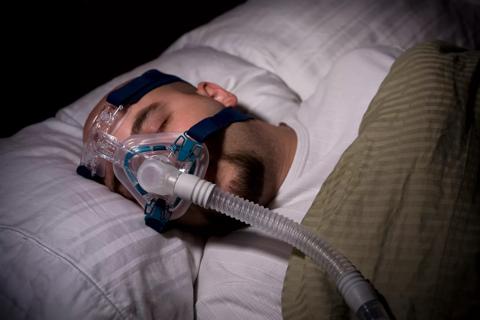
A review of conservative, pressure-based and surgical treatments for OSA
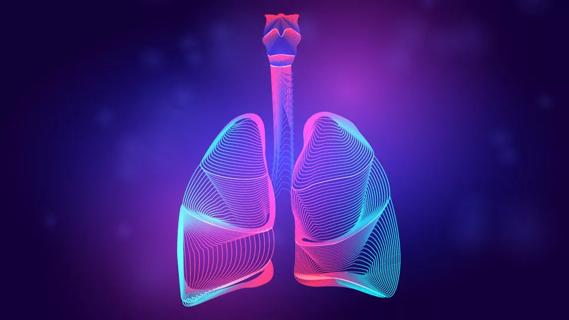
Volatile organic compounds have potential in heart failure diagnostics
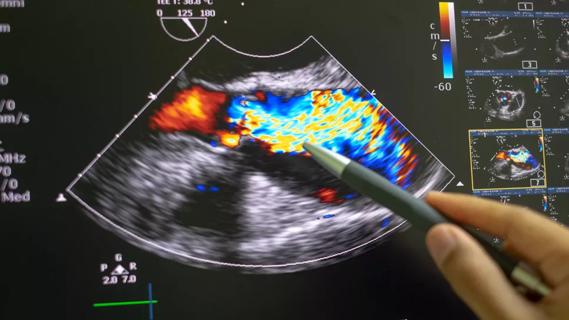
Insights for diagnosing, assessing and treating
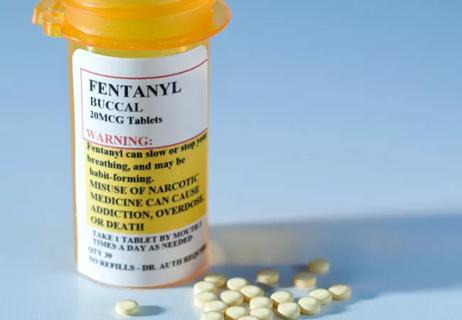
Two NIH grants are looking at developing new antidotes against fentanyl overdose
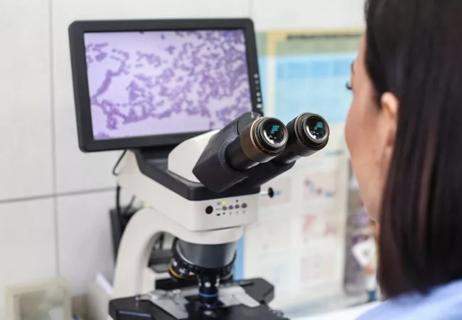
Exploring the responses to medications and other supportive therapies

A set of graphs helps quantify the expected changes in forced expiratory volume at one second (FEV1), forced vital capacity (FVC) and FEV1/FVC ratio with the new race-neutral equation

Because of the associated symptoms, a multidisciplinary approach to care is essential